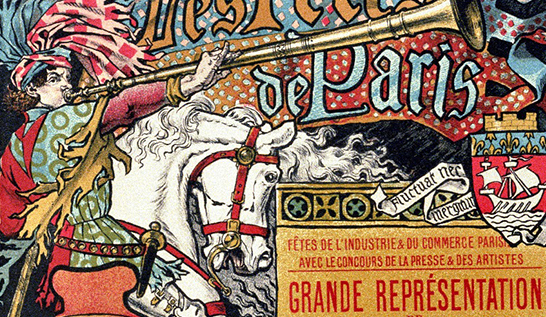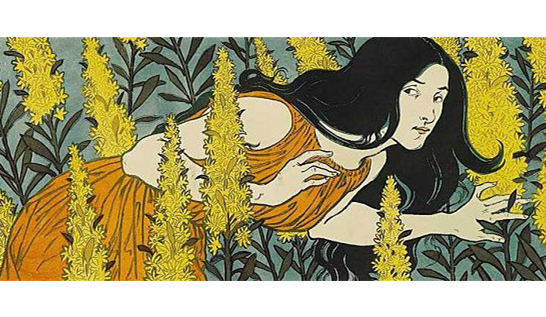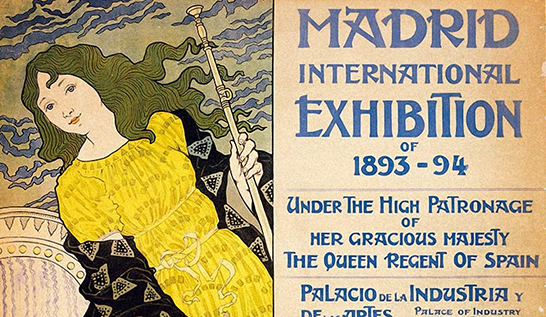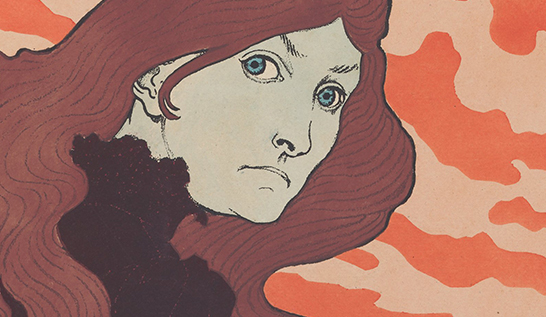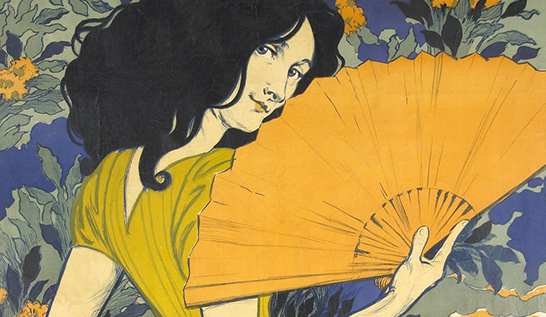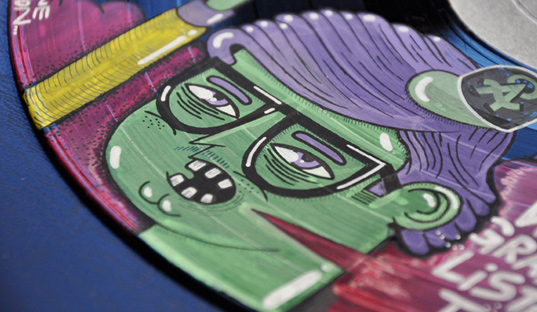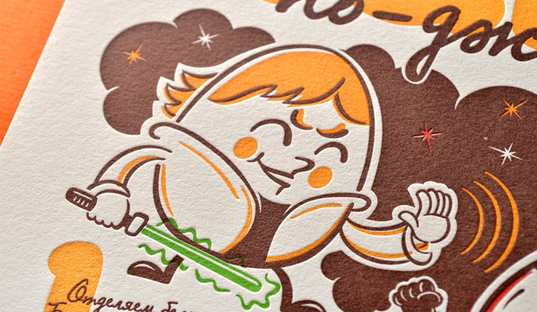Alongside the Pre-Raphaelites, Art Nouveau is tied as my favourite art movement. I take every opportunity to see Art Nouveau exhibits, but to be honest, until recently I had never taken much note of Eugène Grasset. This is quite a large oversight, considering he has been called “The Father of Art Nouveau”.
So who is this pioneering artist? Born 1845 (or possibly 1841) in Lausanne, Switzerland, Eugène Samuel Grasset was surrounded by creativity from a young age. His father was a cabinetmaker and sculptor, and little Eugène learnt to draw under the guise of Francois-Louis David Bocion. In 1861 he went to Zurich to study architecture at the polytechnical school. After which, in 1865, he took what would become an influential visit to Egypt. Throughout his twenties he devoted himself to painting and sculpture.
At the age of 26 he arrived in Paris, influenced by his travels and a new found love for Japanese Art, Mr Grasset tried his hand at creating ceramics, tapestry, and jewellery. His decorative pieces were crafted from precious materials including ivory and gold. Much of this unique work is considered a cornerstone of Art Nouveau motifs.
Mr Grasset would later gain recognition as an illustrator due to his contribution to the stories Le Petit Nab (1877) and Histoire de quatre fils Aymon (1883). Quickly moving on to applied arts he designed the facade of the Hôtel de Dumas in Paris, mosaics in Saint Etienne in Braire, and stained glass windows in the Orléans Cathedral. With a multitude of artistic ability to call upon Mr Grasset had a natural affinity to poster design. Fortunate, as French posters design was becoming very popular Stateside, so it was not long before he was contacted by various American companies. His successful commissions led to him illustrating the 1892 Christmas issue of Harper’s Magazine.
Interesting footnote one of his images, The Wooly Horse, was so popular that Louis Comfort Tiffany was inspired to recreate it in stained glass.
Mr Grasset spent much of his latter years teaching in various schools across Paris. Many of his students went on to become eminent artist themselves, unsurprisingly, a lot of them within the Art Nouveau movement. His versatility, instincts and ability not only influenced those whom he had taught, but also prominent artist like Alphonse Mucha, and left a stirring mark on the Arts and Artists that followed.

